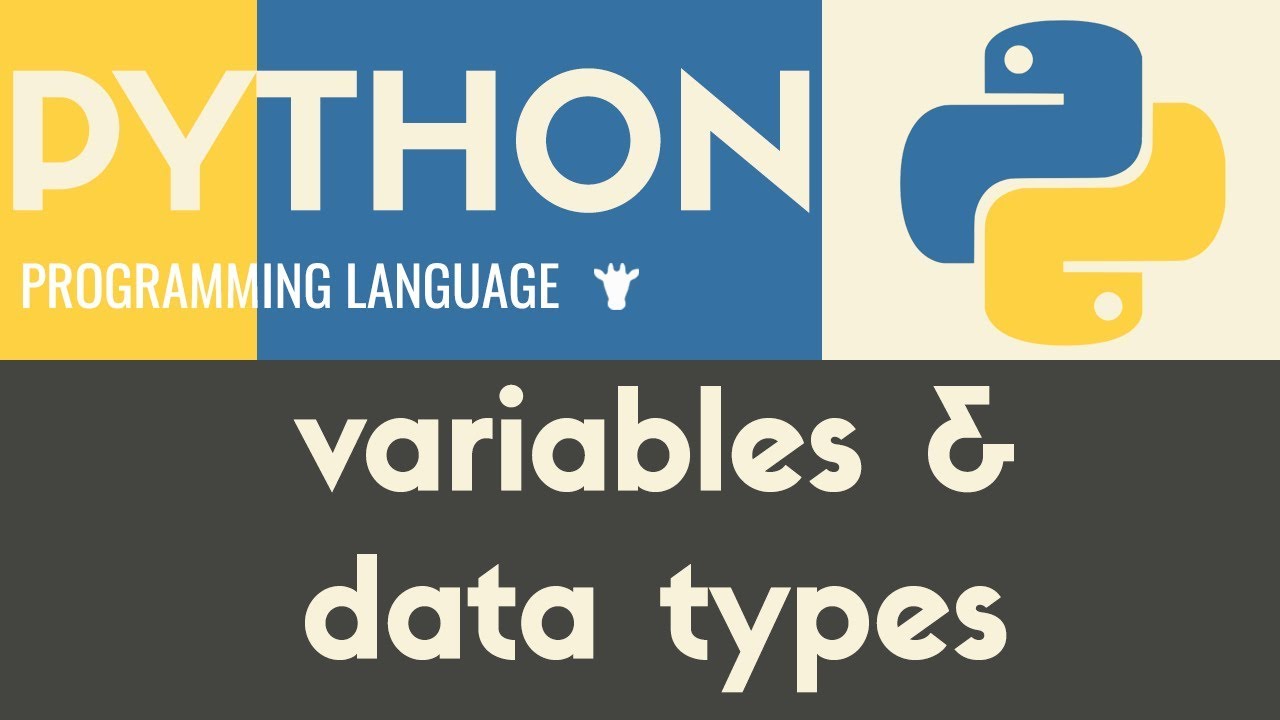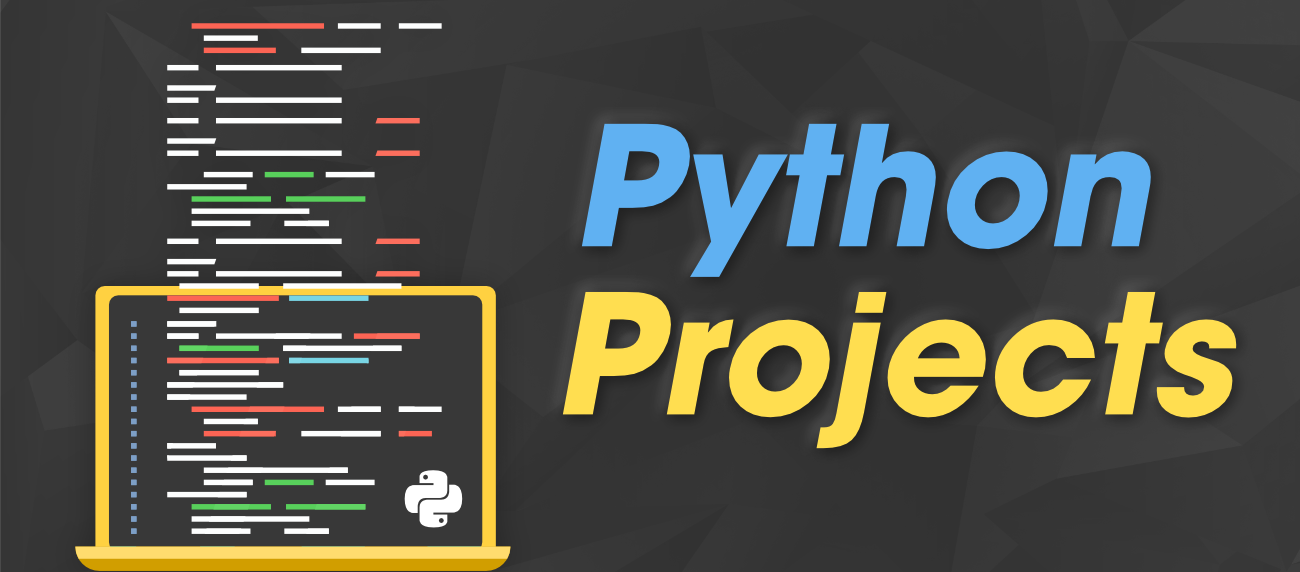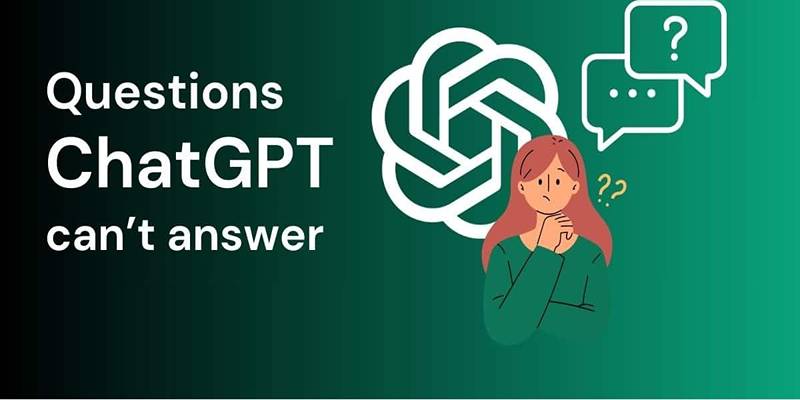Advertisement
Python is one of those languages that quietly becomes part of everything—from data crunching in research labs to automating tasks at home. It doesn’t try to overwhelm you. Instead, it waits for you to take the first step. And once you do, it’s surprisingly easy to follow. This guide breaks things down into concepts, helpful places to learn more, and project ideas to put your skills to use. So whether you're completely new or brushing up after a break, there's something here for you. Without any further ado, let's have a look at it!
Python lets you store information in a way that feels almost conversational. You don't need to declare a variable's type beforehand—just assign a value, and it understands what you mean. For example:

python
CopyEdit
name = "Alex"
age = 25
is_student = True
Here, you're storing a string, an integer, and a boolean—without saying much. That simplicity carries through the entire language.
Functions help you organize code so you're not repeating the same instructions again and again. Here's how you write one:
python
CopyEdit
def greet(name):
return f"Hello, {name}!"
Loops come in when you want to repeat something multiple times. If you’ve got a list of names, for example, and want to greet each one, you’d write:
python
CopyEdit
names = ["Liam", "Emma", "Noah"]
for name in names:
print(greet(name))
Short and to the point. That’s the tone Python sticks to.
These are the containers you’ll use most often. Lists keep things in order, dictionaries match up keys with values, and sets make sure each item appears only once.
python
CopyEdit
my_list = [1, 2, 3]
my_dict = {"name": "Sam", "age": 30}
my_set = {1, 2, 3}
Once you get the hang of these, everything else builds on top of them.
When you want to model real-world things or structure larger programs, classes step in. They act as blueprints. Let’s say you’re building a system for tracking books:
python
CopyEdit
class Book:
def __init__(self, title, author):
self.title = title
self.author = author
And then you can create as many books as you want using that same pattern:
python
CopyEdit
book1 = Book("1984", "George Orwell")
You don’t need to know everything about object-oriented programming right away, but understanding how to create and use a class will take you far.
There’s no shortage of learning platforms, but not all of them are equally helpful when you’re just getting started or trying to go beyond the basics. Here are a few that get it right:
This is where you’ll find everything, straight from the source. It’s structured, searchable, and surprisingly readable. When you’re confused about syntax or want to double-check how a module works, this is the first place to go.
Real Python balances detail with clarity. Their tutorials walk through things step by step without assuming too much. Whether you’re looking into web scraping, building command-line tools, or understanding decorators, this site helps.
This one stands out for being practical. If your goal is to make life easier—rename a hundred files, scrape a site, sort emails—this book shows how to do it with clean, easy-to-follow examples.
This platform offers small, focused exercises that are perfect for sharpening your skills. You can learn something meaningful even with just 15 minutes a day.
It might seem chaotic at first, but once you learn how to search effectively, it becomes a goldmine of answers. Someone else has probably already hit the same bug or design question you’re wrestling with.
You don’t really learn a language until you use it. That’s where projects come in. Here are ideas that range from beginner-friendly to those that need a bit more muscle.

What You’ll Use:
Start with a script that takes in expenses and stores them in a CSV file. Add categories like “food,” “rent,” or “subscriptions,” then calculate totals and show trends. From there, you can move toward using libraries like pandas to make the process cleaner.
What You’ll Use:
This moves things off the command line. Create a small window where users can type tasks, check them off, and clear completed ones. It’s a good intro to working with buttons, input fields, and saving data.
What You’ll Use:
Write a script that pulls job titles, company names, and locations from a job board. It can email you the results or save them in a spreadsheet. You’ll learn a lot about how web pages are structured and how to pull only what you need.
What You’ll Use:
Use a public weather API to pull real-time data based on city name. Then, present the temperature, forecast, and maybe even suggestions like "Bring an umbrella" or "You're good to go." It's a practical way to understand API calls and how to format incoming data.
Python’s biggest strength is how naturally it grows with you. You can use it for tiny scripts that save time or full-scale systems that run websites, analyze data, or power hardware. The key is to start somewhere—anywhere—and let your curiosity shape the rest. Whether you’re drawn to automation, data, apps, or games, there’s space for all of it here.
Advertisement

Google has updated its stance on AI-generated content. Learn how to navigate Google’s new policies, avoid penalties, and create high-quality content that meets search engine standards.

Explore the growing popularity of AI chatbots and their role in delivering faster, smarter support to users everywhere.

How nature-inspired optimization algorithms solve complex problems by mimicking natural processes. Discover the principles, applications, and strengths of these adaptive techniques

Wondering how to edit images with ease? Learn how DALL•E lets you modify photos using simple text descriptions—no complex tools needed. Discover its powerful features today

Snowflake’s text embedding models are revolutionizing data management by making machine learning accessible within SQL environments. Learn how these models are reshaping business operations

Want robots that understand natural language? Discover LeRobot by Hugging Face—an open-source library connecting AI models with real-world robotics systems

Discover how ChatGPT helps build efficient workflows by improving focus, automating tasks, and enhancing clarity.

Looking to improve your ChatGPT prompts? Discover 10 free resources to master prompt engineering and get better, more accurate responses from AI in 2025

Discover 7 questions and requests that ChatGPT is unable to answer due to privacy rules, ethics, or tech limitations.

Explore how the SQL NOT IN operator really works, where it can trip you up, and how to use it safely without running into hidden pitfalls like NULL values or performance slowdowns

Explore 5 free AI tools powered by ChatGPT that help you write better emails and summarize inbox content in seconds.

Streamline proposal writing with ChatGPT while improving structure, tone, and impact to increase your chances of success.